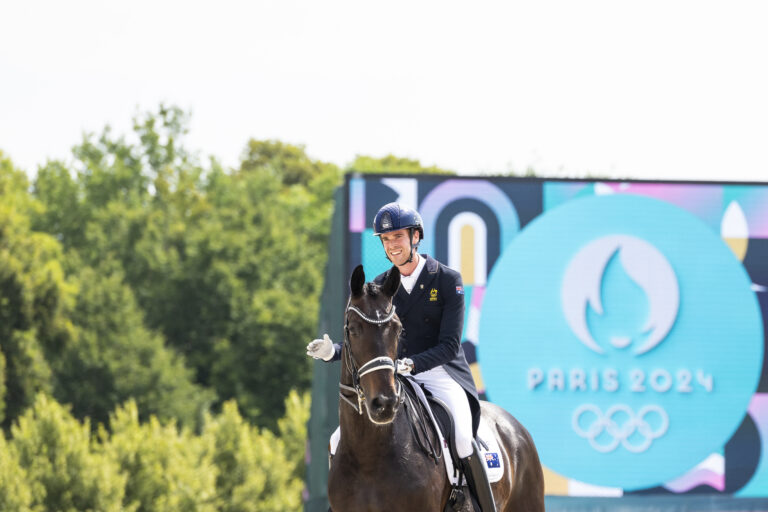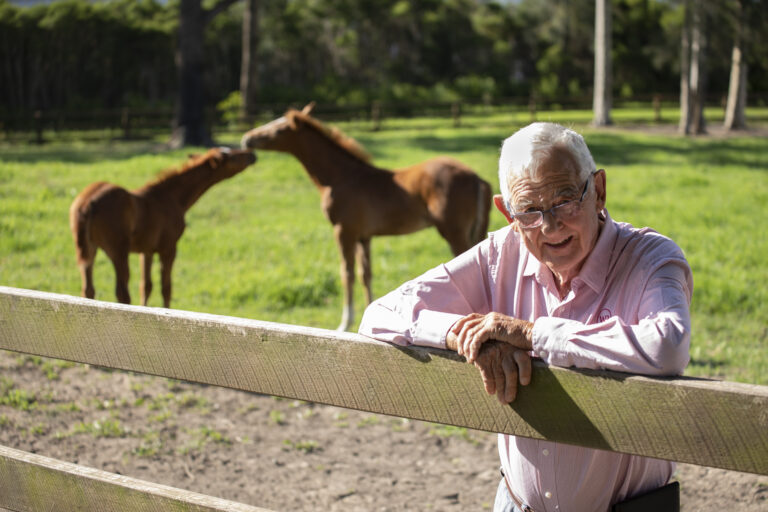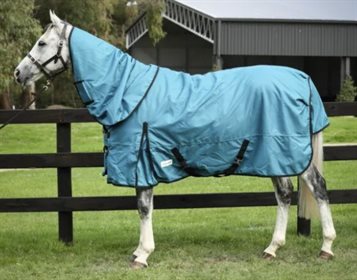Training tips from the master Carl Hester
We’ve compiled a list of useful tips that highlight the easy to understand training advice this five-time Olympian has become known for during his illustrious career.
The beauty of Carl’s advice is centered around its simplicity, allowing every rider from pony club to Grand Prix to increase their knowledge and progress the training of their horse in a clear, logical manner.
General tips:
• “Create a work station on your yard, where everything to do with work happens – for example, tacking up and washing off – and keep his stable for relaxation only. Then your horse knows he can totally relax when he’s in his stable and won’t be expected to work.”
• “The basics are: is your horse straight? Is it moving in a rhythm?”
• “You should ride about 200 transitions per session – forward and back to make the horse rideable and on the aids.”
• “If a horse isn’t even in both reins, don’t keep pulling the heavy one – work to put the weight in the empty rein.”
• “If a horse is stiff on the outside rein, use renvers to soften them up and add weight to the other rein.”
• “For lateral work, always remember to sit on your inside seat bone.”
• “Get someone to video you riding so you can see what’s working and where things are going wrong. Sometimes it’s more beneficial than having someone on the floor telling you what you’re doing wrong.”
• “If you carry a whip just to make your horse go, you shouldn’t carry one. They are just for small corrections.”
• “ It doesn’t matter what type of horse you have, you can teach it square halts – they’re ‘free’ marks. If you can’t halt square on the centre line, it’s your fault!”
• “If your horse is too sensitive to the leg, work on lots of downward transitions.”
• “Big movers have to be small movers, forward horses have to be collected. Always do the opposite.”
• “If a horse is strong, don’t go in straight lines, circle and circle until he’s not pulling and is balancing himself.”
Self-carriage and balancing your horse:
• “Horses in self-carriage will get tired, especially if they’re not used to holding themselves, so intersperse with stretching.”
• “To maintain balance while you’re working your horse, use lots of half-halts. Think about using one before you ask your horse to do anything.”
• “Riding your horse ‘on and back’ involves asking him for a few lengthened strides before asking him to come back to his working pace, then repeating it several times. This will help you to get him to carry his head and neck, and achieve self-carriage.”
Talking about straightness:
• “Riders blame saddles when the problem is usually that the horse isn’t straight and throws them off to the side.”
• “Straightness is more difficult than piaffe/passage.”
Tips on stretching:
• “If a horse won’t stretch at the beginning of a session, work on a contact sooner, then stretch when he is ready.”
• “When a horse is tired, he’ll try to stretch down. Let him do it for a while, as it’s something you want to encourage. Stretch him regularly throughout your training sessions to relax him and reduce the risk of tension.”
• “As a test of your training technique, go into rising trot and drop your reins. Your horse should stretch down, but if he sticks his head up, something needs adjusting in your training.”
Improving the paces:
• “The only way to improve/influence horse’s paces is to ride forward in a balanced way.”
• “The trot is the easiest pace to change and improve but you need to buy a good walk and a good canter.”
• “Use lots of forward and back transitions within the canter to spice up the hind leg.”
• “Lots of transitions between canter and trot will help to improve the trot by getting him to carry more weight on his back end.”
Competition training tips:
• “Always compete at the level below the one you are working on at home, so that you are able to cope at the competition where there are many more distractions.”
• “Get to a show in plenty of time and hack your horse around the showground on a loose rein, so he has time to get used to his surroundings before he is expected to concentrate.”
• “At competitions, wear clothes and tack that you and your horse are used to and comfortable in. Suddenly using different equipment on competition day can affect your performance. If you have special show boots and tack, have a few dress rehearsals at home just before the show date.”
Thinking long-term:
• “There is always someone who will teach you something new about horses, so remain forever open minded.”
• “The best investment you can make is a good trainer. Find someone who is honest and critical without constantly putting you down and someone that gives you a plan and goals to aim for.”
• “You don’t have to spend a fortune on a horse for dressage – as long as the basic paces are there, the rest can be achieved through training.”
• “The key to training horses is patience and consistency – you will get there!”
Source: Dressage Masterclass
READ THE LATEST NEWS ARTICLES HERE







